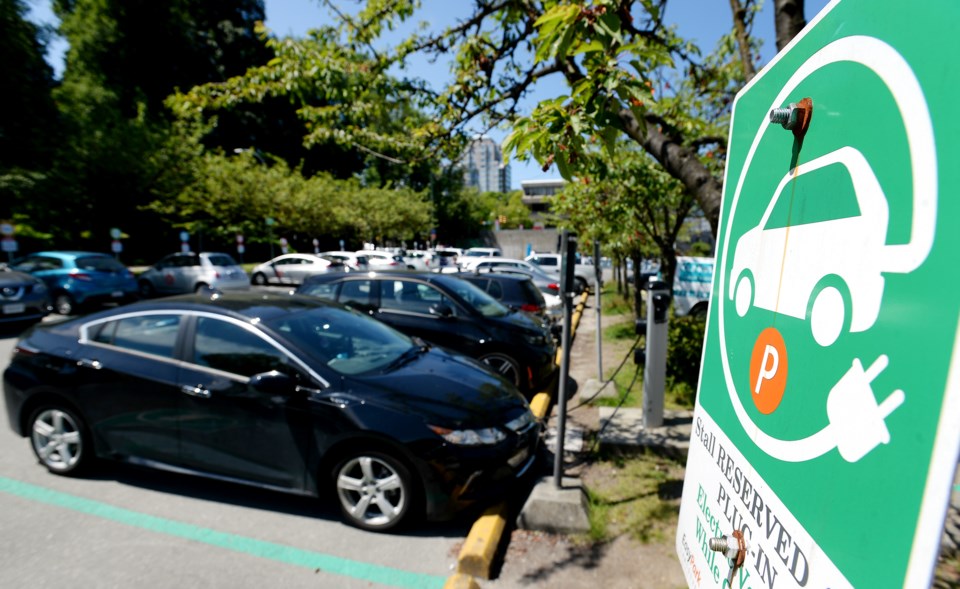My wife and I test drove an electric car recently. We liked it a lot, but in the end decided range was too big an issue. That won’t be the case for long.
In a column on Perspicacity.xyz entitled “This is how Big Oil will die,” scientist and inventor Seth Miller says that Keystone XL will be the world’s last great fossil fuel project. He believes it will never pay back its cost and will close not long into its 40-year lifespan.
He also said something I’d never heard before. A conventional vehicle has 2,000 moving parts. An electric vehicle has 20.
Think of the implication that has on car dealers and automotive repair shops.
The National Highway Transportation Safety Administration in the U.S. estimates the cars we have traditionally bought are good for an average of 240,000 kilometres.
An electric vehicle is expected to last 804,000 kilometres.
That means a lot fewer cars for those dealers to sell.
Miller believes change will come more rapidly than most of us have thought. Think what computers have done to our lives. Thirty years ago cellphones were the size of bricks and now they replace most people’s conventional phones.
Today that cigarette box-sized device acts as a phone, phonebook, memory, nearly every kind of communication we need, and can tell us how to get from here to anywhere in the world. It delivers music, movies, even live TV.
Many of our kids have never seen a telephone, or a phone booth, not to mention a record player.
So when you start to see more and more electric cars and the range starts to climb to where you can do the kind of driving you expect from your old internal combustion engine, you wonder how long fossil fuel resources are going to be needed to the extent they are now.
The question Miller raises is how much longer are we going to need or want the oil that is presently in the ground? In my view that decision will be made by investors deciding whether to invest in fossil fuel production and transportation.
The other factor is the retail model. I still go to stores to buy most things. My 30-something son buys almost everything online. His middle name should be Amazon.
Tesla broke the mould with their online ordering and small retail shops instead of dealerships.
Most of us still want do test drive a car or truck. Touch it, feel it, maybe try out two or three kinds of vehicles. But tomorrow’s buyer may well trust online tests and reviews, and be willing to pay online and pick up the car or have it delivered.
One thing we’ve learned in this lifetime is almost nothing stays the same.
I started this piece talking about car dealers and oil because I’d read some compelling articles about those issues, but the fact is almost everything is changing and it’s a huge challenge for most of us to keep up and adapt. So thank you for reading this in this newspaper, or online on your computer, cellphone or iPad. Let’s hope the desire for news and information will find new forms of delivery. Like cars and trucks.



